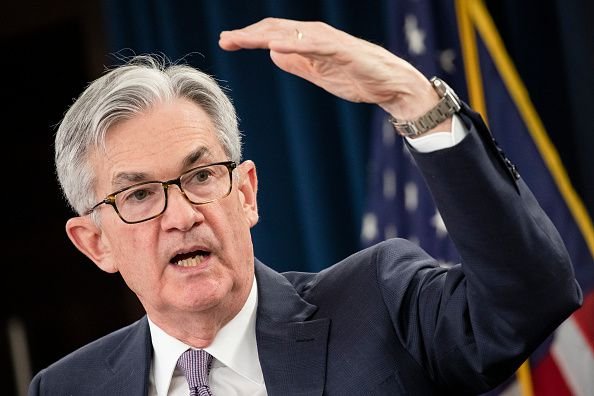In an unprecedented surge, Bitcoin (BTC) officially crossed the $100,000 mark in the past 24 hours, setting off a wave of volatility across the cryptocurrency market. While the milestone has been celebrated by Bitcoin proponents, the aftermath has exposed vulnerabilities within leveraged trading. According to data from CoinGlass, approximately 190,000 traders were liquidated, resulting in total losses of nearly $970 million.

This event represents the largest trader wipe-out since the 2021 bull run. Short sellers bore the brunt of the blow, accounting for a staggering $836 million in liquidations. CoinGlass also warned that these figures may be underreported, citing incomplete data from leading exchange Binance.
“This is the largest short liquidation since 2021… Binance has not fully disclosed its liquidation data, and the actual data is more,” noted CoinGlass.
From Short Pain to Long-Term Risk: The Rise of Overleveraged Longs
While short positions were decimated, the current market scenario is not without risk for bullish traders. The rapid price increase has led to a surge in long positions, as traders continue to pile into the uptrend using increasingly high leverage.
CoinGlass’s 24-hour liquidation heatmap reveals a critical danger zone. If Bitcoin falls below the $100,000 level again, it could trigger nearly $2 billion in long liquidations across various exchanges. Should the price dip below $98,000, the total potential liquidation volume could skyrocket to as high as $3.45 billion.

Such a scenario could lead to what is known as a long squeeze a chain reaction where liquidated long positions force further price drops, accelerating downward momentum and causing panic among investors.
This shift in market sentiment marks a significant turn from the earlier cautious optimism seen in the derivatives sector. Traders are now betting more aggressively on continued gains, but at a higher risk threshold.
Open Interest Hits All-Time High: Cause for Caution?
Adding to the growing concern is the sharp rise in Bitcoin Futures Open Interest (OI), which has now hit a record-breaking $67.4 billion across exchanges. This figure reflects the total value of open contracts and indicates a surge in speculative trading.
Historically, whenever Bitcoin’s OI has crossed the $65 billion mark, a market correction has often followed shortly after. Analysts are therefore sounding alarms about a potential pullback, especially given the current levels of leverage being deployed.

A high OI is not inherently bearish, but when combined with overcrowded long positions and over leveraged trading, it can be a precursor to violent price swings. In such a fragile environment, even a small dip could snowball into a broader correction.
BTC’s Global Impact Grows: Market Cap Tops $2 Trillion
Beyond trading activity, Bitcoin’s rally to six figures underscores its increasing influence in global financial markets. At its peak during this latest surge, BTC’s market capitalisation climbed to $2.05 trillion, temporarily overtaking Amazon to become the fifth-largest asset globally.
This milestone further cements Bitcoin’s status as a digital store of value and highlights its relevance in institutional portfolios. With more traditional financial players entering the space, Bitcoin is no longer just a speculative asset it is becoming a central player in global capital markets.Adding fuel to the bullish outlook, Standard Chartered recently forecast that Bitcoin could rise to $120,000 by the end of Q2, citing favourable macroeconomic conditions and growing institutional adoption.


















































